|
|
|
|
|
|
|
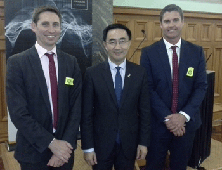 |
At the Speaker’s Science Forum in March, from left, Dr Jared Thomas, Dr Jian Yang and Dr Hamish Mackie. Photo: Dr Rob Whitney, IRANZ.
|
The Speaker's Science Forum
Two IRANZ researchers spoke to 20 MPs from all parties on “Transport in growing cities” at the March Speaker’s Science Forum hosted at Parliament’s Grand Hall by Dr Jian Yang Chair of the Science and Education Select Committee. Dr Jared Thomas (Research Manager, Behavioural Sciences, Opus) discussed strategies for “Improving take up of public transport” which include traveller friendly design and planning options for cities. Dr Hamish Mackie (Principal Researcher, Mackie Research & TERNZ) promoted “Active travel for New Zealand cities”. Hamish explained that Active Travel includes walking and cycling, with pedestrians and cyclists needing to have safe options for getting to work and school, and for other journeys, and we should watch out for rapid growth in the number of E-Bikes.
Both Jared and Hamish have also written articles about their research for the IRANZ Connections eNewsletter and links to these appear below.
The February Forum this year was on Understanding New Zealand’s freshwater and featured Dr Helen Rutter from Aqualinc. Helen has also written a great article about groundwater in New Zealand for IRANZ, see Groundwater - a mysterious resource.
The Speaker’s Science Forums are organised by The Royal Society of New Zealand in partnership with IRANZ, Science New Zealand, and Universities New Zealand.
Forum subjects later this year include “Production, protection and adding value” with Dr Armin Werner from Lincoln Agritech, “Big Data, Big Value” with Dr Young from MRINZ on using data to drive better medical practice and patient care, and “New Zealand’s space science” with Dr Greg Bodeker from the new Regional Research Institute CSST (Centre for Space Science Technology).
|
|
|
|
|
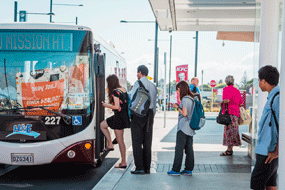 |
|
|
If we want our cities to be the best we need to make some bold choices and genuinely take into account how people want to work, live, and play - not just today, but into the future.
Auckland is currently ranked as the eighth best city in the world in terms of liveability, but it would be ranked third if it were not for our overburdened transport and housing infrastructure. Even though public transport has been widely established as a more efficient solution to congestion, we keep adding grey space, with a focus on roads and car parks. Is this really what we want for our cities?
MORE → |
|
Public transport has been widely established as a more efficient solution to congestion, but instead of improving mass transport we keep adding more ‘grey space’. Photo: Opus Research. |
|
|
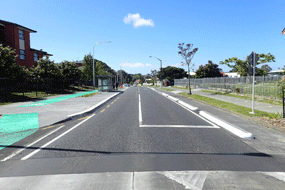 |
|
Serious effort is needed if we are to reverse the steady decline in walking and cycling for transport in New Zealand. For example, over the past 30 years, active travel to school has decreased significantly. According to the New Zealand Household travel survey, in the 1980s typically one fifth (20%) of secondary school students cycled to school, whereas today typical numbers are less than three percent.
But things are set to change, in New Zealand there is a gradual ‘maturing’ of transport planning with a growing appreciation that successful cities have strong multimodal transport systems. This follows a realisation that we won’t solve some of our biggest issues for cities by simply adding more lanes to roads. In addition to effective public transport systems, opportunities for safe walking and cycling is key.
MORE →
|
|
The Future Streets project partners have made changes to streets in Central Māngere, including safer bicycle lanes. Here a bicycle lane flows safely around a bus stop, by temporarily sharing a footpath space. Photo: Mackie Research. |
|
|
|
|
|
|
In an 1861 US court case considering the rights to groundwater use (Frazier vs Brown), the judge ruled that “the existence, origin, movement and course of such waters, and the causes which govern and direct their movements, are so secret, occult and concealed, that an attempt to administer any set of legal rules in respect to them would be involved in hopeless uncertainty, and would be, therefore, practically impossible”. However, in the years since, we have developed ways of understanding this mysterious resource, such that, though uncertainties remain, we can predict cause and effect with much greater confidence.
|
| MORE → |
|
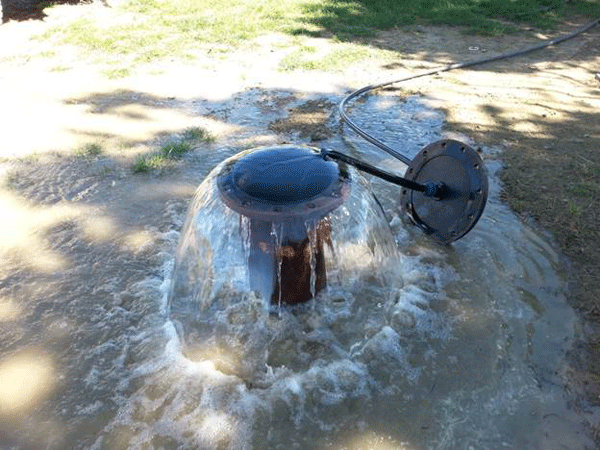 |
|
Artesian wells rely on a confined aquifer containing groundwater under positive pressure. Photo: Aqualinc. |
|
|
|
|
|
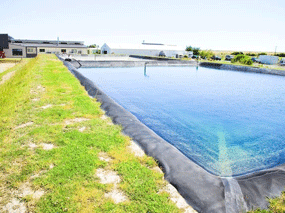 |
|
|
Cawthron Aquaculture Park at Tasman Bay's Boulder Bank in Nelson was the host for last month’s IRANZ members meeting. The fabulous facility is a world-class research and technology centre for the New Zealand aquaculture sector and its stakeholders, with the site purpose-built for aquaculture research, education, and commercial development. Covering 20 hectares, the park hosts aquaculture industry firms, teaching labs operated by the Nelson Marlborough Institute of Technology, and Cawthron's own aquaculture and biotechnology research group, led by Dr Serean Adams.
MORE → |
|
Cawthron Aquaculture Park at Tasman Bay's Boulder Bank in Nelson. Photo: Cawthron Institute. |
|
|
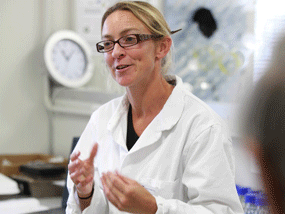 |
|
A chance meeting many years ago with a New Zealand marine biologist working in Nova Scotia saw a change in career plans for Cawthron’s newly appointed Aquaculture Group Manager, Dr Serean Adams. The talented scientist at one time planned to become a doctor of medicine, but was lured by the call of, well, shellfish.
Now her career has almost travelled full circle as she and her team get to grips with extracting medicinal benefits from algae and shellfish bioactives, along with all the other research her group does to support New Zealand’s burgeoning aquaculture sector.
MORE →
|
|
Dr Serean Adams, Aquaculture Group Manager. Photo: Cawthron Institute. |
|
|
|
|
|
|
Around one-quarter of children will suffer from asthma during their childhood and it could be that poorly ventilated typical prefabricated classroom buildings are contributing to the problem. An ongoing study in the BRANZ-funded Warmer, Drier, Healthier Buildings programme is investigating air pollution sources in school classrooms. This includes monitoring the admittance of traffic pollution and the ability of ventilation and design to mitigate health hazards associated with the air pollution.
|
| MORE → |
|
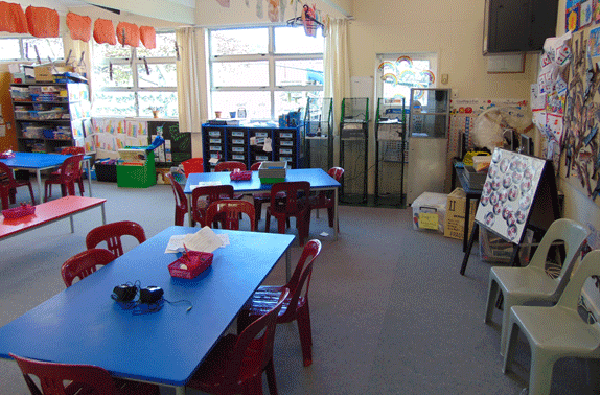 |
|
Air monitoring equipment lines the wall in a primary school classroom. Photo: Dr Bill Trompetter, GNS Science. |
|
|
|
|
|
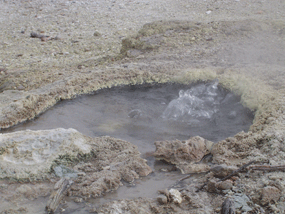 |
|
|
Developing a geothermal spa and bathing facility in Rotorua and aiding Top Energy at Ngawha Springs to make better use of their brine discharge are two exciting geothermal projects that Heavy Engineering Research Association (HERA) engineers and various HERA member organisations are currently involved in. Construction on the spa project is expected to begin later this year and the HERA team have been busy assessing the geothermal heat resources and preparing models of heating network arrangements and heat resource application potential.
HERA members are also investigating the potential of integrating an Organic Rankine Cycle pilot power plant to explore how power generation can be integrated into the spas facilities. The plant is leveraging low temperature geothermal sources harnessed from the site.
MORE →
|
|
Geothermal activity in Rotorua creates a myriad of mineral-laden hot springs and mud pools. Photo: Louise Thomas, IRANZ. |
|
|
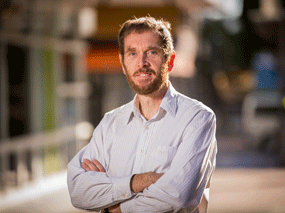 |
|
|
Are firms in large cities more productive? And if they are, what is the productivity premium of our largest city, Auckland, and how does it compare to our other urban centres? These questions were the focus of a recently released working paper from Motu Economic and Public Policy Research, Urban Productivity Estimation with Heterogeneous Prices and Labour.
The Auckland region, which contains 33 percent of the population, produces 37 percent of New Zealand's GDP. The paper’s author, Dr Dave Maré, explains that cities offer a broad range of productive advantages, “there is enhanced learning within cities, a sharing of infrastructure risk and markets, and improved matching of firms and workers. Empirical studies consistently find significantly higher productivity in larger, denser cities, with a doubling of population density associated with productivity that is around four to seven percent higher.”
MORE →
|
|
Paper author, Dr Dave Mare, Motu Economic and Public Policy Research. Photo: Motu. |
|
|
|
|
|
|
The Centre for Space Science Technology (CSST) will soon be braving the final frontier with a newly signed contract with MBIE, following the funding announcement for the $14.7 million project in November last year. CSST plans to establish an international satellite data exchange to provide space-based measurements and satellite imagery to meet the needs of New Zealand's regional industries. Tailored satellite data products and services will be developed in collaboration with researchers and businesses. They also plan to manage partnerships to design, build, launch and operate CubeSats (small low cost satellites) that will provide imagery dedicated to New Zealand's needs. The establishment team is currently setting up governance arrangements, and getting systems and structures in place to open the doors on 1 July 2017. The head office for CSST will be in Alexandra, with additional offices to be opened in Dunedin, Lincoln, and New Plymouth. |
| MORE → |
|
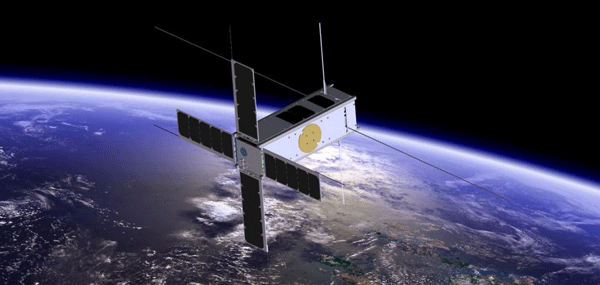 |
|
CSST plans to manage partnerships to design, build, launch and operate CubeSats (small low cost satellites) that will provide imagery dedicated to New Zealand's needs. Image shows PICASSO, from the Royal Belgian Institute for Space Aeronomy, in orbit around the Earth. Photo: Royal Belgian Institute of Space Aeronomy. |
|
|
|
|
|
|
|
 |
|
Research and intensive care specialist Dr Paul Young, winner of the 2016 HRC Liley medal. Photo: MRINZ
|
|
|
|
|
|
|
|
WHO WE ARE
IRANZ is an association of independent research organisations. Its members undertake scientific research, development or technology transfer. Members include Aqualinc Research Ltd, BRANZ, Cawthron Institute, CRL Energy Ltd, Heavy Engineering Research Association (HERA), Leather & Shoe Research Association (LASRA), Lincoln Agritech Ltd, Medical Research Institute of New Zealand, Motu Economic and Public Policy Research, Opus Research, Titanium Industry Development Association Ltd (TiDA Ltd) and Transport Engineering Research NZ Ltd (TERNZ).
|
|
Contact: Dr Rob Whitney, Executive Officer, mobile: +64 27 2921050, email: information@iranz.org.nz
|
| Copyright © iranz |
|
|
|
|
|












